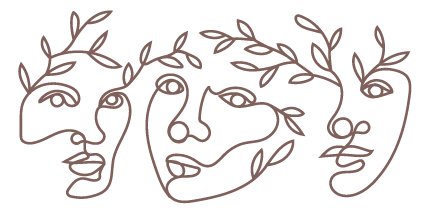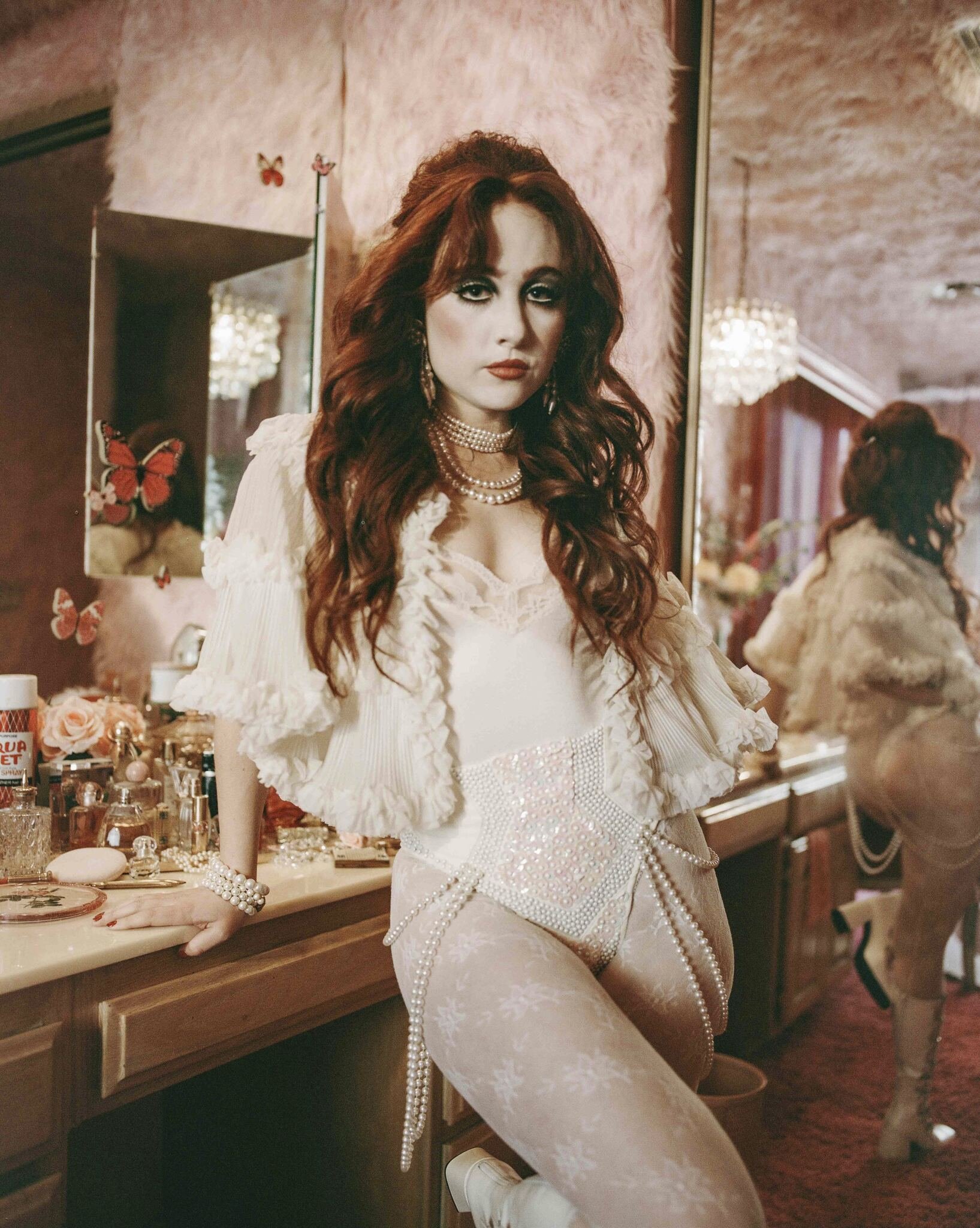I Heard You Like Magic… Chappell Roan and the New Age of Queer Pop in the Midwest
Image courtesy of Island Records
According to the 2020 Census, the city of Willard, Missouri, has a population of just over six thousand people. Its residents that have shared their experience of the city on the Internet are almost in unanimous agreement when describing Willard’s welcoming small-town vibe, despite lacking in conveniences that most suburban areas in the US provide (the absence of a Walmart comes to mind). In its ‘Notable People’ subheader on Wikipedia, a short list includes a politician from the George W. Bush administration, a handful of various sports stars, and just one singer/songwriter: Chappell Roan.
While digging into the experiences of Willard’s residents online, I noticed that the more detailed reviews illustrated the familiar, finite lifestyle of heterosexual nuclear families leading quiet lives and working 9-5 jobs. If you were to pick any one of Chappell Roan’s songs to listen to at random, you would never believe that this is the town she grew up in.
In the 1950s, the midwestern music scene was almost monolithically defined by the insurgence of blues in St. Louis and Chicago. In the mid-80s, EDM (electronic dance music) rose to popularity after the East Coast’s disco influence spread westward. Motown and punk music flourished in Michigan, and jazz began to characterize Missouri. More recently, midwest emo and DIY bands have begun to stake their claims in house shows and bar venues. There is a host of musical genre-pioneering in the Midwest, but where does pop music fit in? More specifically, where does queer pop fit in? Does it fit in at all?
Recently I have had the pleasure of attending °1824’s press conference with Chappell Roan, whose bubbly personality and electrifying charm matched the music I had already been a long-time fan of. Her excitement about her debut LP, The Rise and Fall of a Midwest Princess, was balanced by her endearing honesty and candid responses to our many, many questions. She told us to “prepare to be silly” when asked about what we can expect from this record. The music Roan has released so far ranges from buoyant cheerleading anthems like “HOT TO GO!” to heart-achingly vulnerable ballads like “Kaleidoscope.” By the time this article is published, you better believe I’ll have the LP on repeat for the foreseeable future.
The visuals Roan composes (music videos, promotional photoshoots, etc.) that work in tandem with her music not only exalt its theatrical renderings, but also subvert heteronormative expectations. During the press conference, Roan touched on her intentionality when it comes to choosing figures for the visual conceptions of her music. She often takes originally virile portrayals of femininity, such as pin-up girls and man-eating sirens, and portrays them with a sapphic twist. Her work is just as playful as it is rebellious; instead of succumbing to shame in a social climate that condemns sensuality and queerness, Roan amplifies their excellence.
Despite maintaining a rather jocular tone in many of her songs, the gravity of handling queer identities is not lost on her. "I think that, you know, there are a lot of heavy topics that go into [queerness]. Unfortunately, I don't know a lot of people who don't have any trauma connected to coming out, or being queer, or dealing with homophobia.” This reality is all too poignant, but it’s also an impactful reason why her fans connect with her music the way they do. When she mentioned her childhood growing up in Willard, Roan expressed the initial hesitancy she faced: “I was so scared to be myself because of where I’m from.” Unfortunately, she is far from alone. With our ever-turbulent social climate, especially in regards to queer people and queer youth, simply being who you are has the potential to turn dangerous. With a thoughtful sigh, Roan said, “I just want to see queer kids make it out alive.”
It wasn’t easy to get to where she stands today. After working diligently to get her career off the ground for seven years, the obstacles she has faced in the music industry still have the potential to loom over her success. She’s not letting these fears get in the way of expressing herself, however. Roan made it clear that she will be doing what she wants when she signed onto her new label. “Campy-ness,” she told us, “is at the forefront of the project.” With each single released so far accompanied with their own distinct aesthetic, it’s obvious that Roan’s vision spans an impressive, colorful scale. Even her tour dates have themes for each show, including “pink cowgirl,” “slumber party,” and (what she’s most excited for) “angels and devils.” In terms of queer visibility, Roan gallantly goes the extra mile and provides a space for her audience to express themselves alongside her and, most importantly, to be silly.
Roan spoke fondly of honoring her inner child in the making of her music. “I still feel like a teenager when I’m twenty-five,” she said with a grin, echoing a common reality for many people in the queer community. And though TikTok makes reaching queer musicians by the public largely more accessible, this wasn’t the case when Chappell Roan first began her career. The boom of outwardly queer pop artists is just beginning; is a regional distinction to describe younger musicians productive anymore? Maybe, and maybe not. As we continue to progress into the 2020s, the boundaries between musical labeling (and, well, just about everything else) seem to become blurrier. That being said, Roan’s candor when speaking on her experience from her childhood provides a glittering hope for other queer youths wondering if their identities will ever be celebrated. This, in my personal opinion, supersedes the question of whether or not Chappell Roan’s music fits in with the rest of the midwestern music scene. During the conference, I asked her how, essentially, she writes her songs. She said, "I simply write what I feel or what I wish to happen. People really daydream and wish for things [...] that pull them out of the pits of despair."
Think about your favorite genre of music. Is it energetic and fast-paced like EDM, punk, or motown? Is it slower and contemplative like jazz, blues, or emo? Regardless of tempo or style, music pulls you out of the pits of despair. Or, at the very least, it sits in the pits of despair with you. Pop music is often disregarded as a meaningful genre, but it seems that even the most avant-garde music fan has a favorite pop song. With the genre as far-reaching as it is, it only makes sense that queer pop is rising in acclaim, and Chappell Roan is soaring within it. Queer people deserve to see themselves represented in the mainstream. If queer pop doesn’t fit in with other midwestern music, make room.
And in the words of Chappell Roan: “Don’t be weird. Just, like, have fun.”

